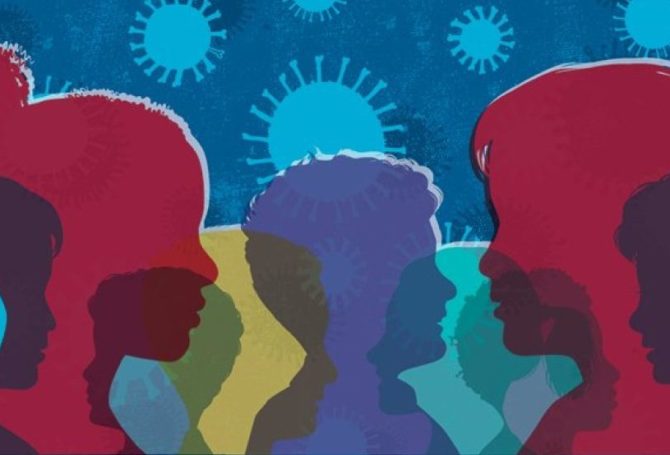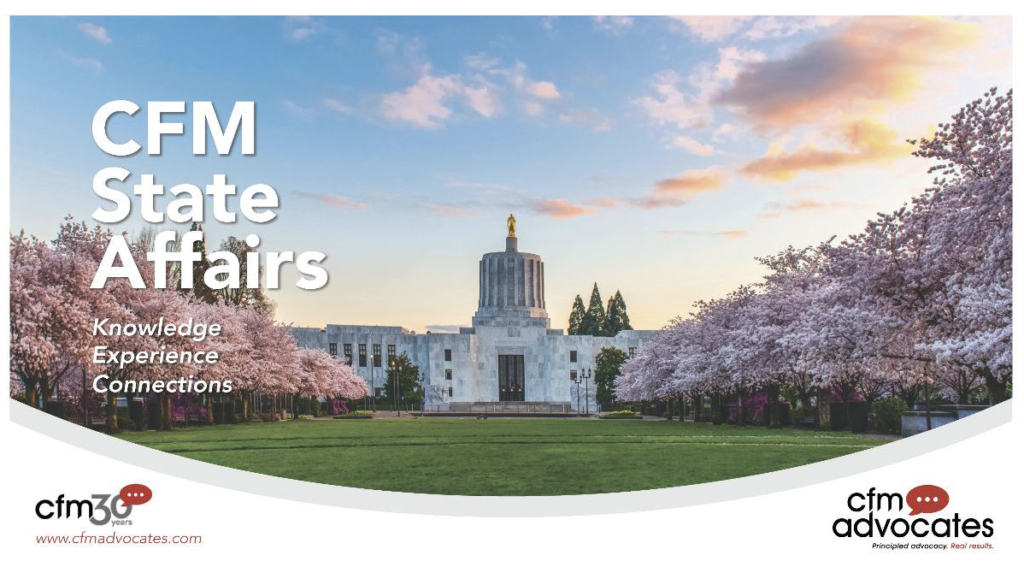
Governor Brown bowed to pressure and issued new directives aimed at making it easier for public schools to reopen early this year. The goal will be to prevent further educational erosion, but an unanswered – and perhaps unaddressed – question is how school officials will measure and make up for educational ground lost during the pandemic.
Studies indicate students may lose up to nine months of math learning by the end of the academic year as a result of no classroom instruction. The loss could be greater for students of color.
“While all students are suffering, those who came into the pandemic with the fewest academic opportunities are on track to exit with the greatest learning loss,” according to a report released last month by McKinsey & Company. The report added that Black and Hispanic students are more likely than white students to be learning remotely, often without adequate internet connections, and twice as likely as white students to have received less live contact with teachers or privately hired tutors.
When school reopens, educators will face the triple challenge of managing in-person classes as the pandemic persists, re-establishing classroom learning patterns and undertaking testing and remedial steps for uneven levels of lost learning in individual students. That would be a tall task in the best of times. And it wouldn’t be cheap any time.
The widening education gap was predicted as the pandemic began to surge. However, there doesn’t appear to be a clear acknowledgement of a wider gap in the sense of developing a strategy or individual school tactics to overcome the gap on the eve of children returning to classrooms.
Based on the most recent test data in 2019 from the National Assessment of Educational Progress (NAEP), significant achievement gaps existed for both reading and math at the 4th and 8th grade levels between students who are eligible and ineligible for free or reduced school lunches. Eligibility for free or reduced-price meal benefits through the National School Lunch Program is the most commonly used indicator of economic disadvantage for public school students. The achievement gap is not small – or new, just aggravated.
The Oregon Department of Education has an equity initiative to close the achievement gap. Elements of the initiative include high expectations, focused leadership, accountability, professional development, parent and community engagement and commitment. On the issue of engagement in lower-income communities, the initiative says:
“Successful schools have parents and community members as active, engaged partners. This is not easy in a school with high poverty levels. However, these schools make it a priority to reach out to diverse communities and to develop fresh, innovative strategies to bring parents as partners into schools. Community engagement is particularly vital in low-income schools where the school often provides medical, dental, housing and financial referrals for families in need. Strong community partners provide additional funding, volunteer hours and support for schools serving some of our most at-risk kids.”
Recapturing lost educational attainment won’t be as simple as handing out additional homework assignments. It may require highly personalized learning plans, which include motivational triggers and additional resources.
As laudable as that sounds, the initiative doesn’t take into account the pandemic’s disproportionate impact on families clinging to lower rungs of the economic ladder. They are more likely to be out of work, out of money and without adequate food. The initiative also doesn’t calculate the stress on teachers who must pick up learning while protecting against transmission of the virus by students in their classrooms. It seems daunting to imagine that will have the spare time to identify, measure and attempt to reverse the educational regression of each student.
Oregon lawmakers in 2019 approved a major school funding measure and a corresponding tax bill intended to boost public school budgets by $1 billion per year, starting in the fall of last year. Increased funding largely flows to individual school districts, which decide how to apply it, whether it’s extending school years, enriching the curriculum or reducing class sizes.
To reopen safely, school districts can be expected to spend some or all of their new money on health and safety procedures in response to the coronavirus pandemic. It wouldn’t be hard to imagine a push in the upcoming 2021 Oregon legislative session to devote some of the money to redress educational learning lost during the pandemic, especially by children from lower-income families. The measure, after all, was called the Student Success Act.
Even if money was set aside to regain lost educational ground, ideas would be needed on what to do, who would do it and when it would be done. Testing would seem essential to measure where students stand academically upon their return to classroom instruction. But statistics may not fully capture what’s been lost, especially in households facing economic or psychological stress.
Recapturing lost educational attainment won’t be as simple as handing out additional homework assignments. It may require highly personalized learning plans, which include motivational triggers and additional resources. One idea being floated is creation of a national tutoring corps that uses older students and graduates who tutor for pay or college credit. Another is bolstering federal funds under Title I of the Every Student Succeeds Act. Yet another is increased emphasis on learning technology that enables and promotes self-learning.
Every student who missed a big chunk of their time in school, whether graduating seniors or elementary school children, may have formed new attitudes about their education. Some may have discovered, accidentally or intentionally, new avenues for learning. Others may have lost their appetite for studying. Still others may have given up. Teachers, counselors and tutors will have their hands full trying to diagnose learning habit changes, let alone restore good habits.
Individual teachers may have the greatest influence on learning, including attitudes about learning. That influence holds whether in classrooms or online. Reversing educational loss and eliminating the achievement gap falls heavily on the shoulders of teachers. Those shoulders may be the place to concentrate enhanced assistance.
Whatever the solution, the conversation about how to recover lost educational ground is arguably more fruitful than continuing to argue over whether to reopen schools or cast blame for not reopening them sooner. With in-person classes expected to resume as early as next month, there isn’t time to lose.




